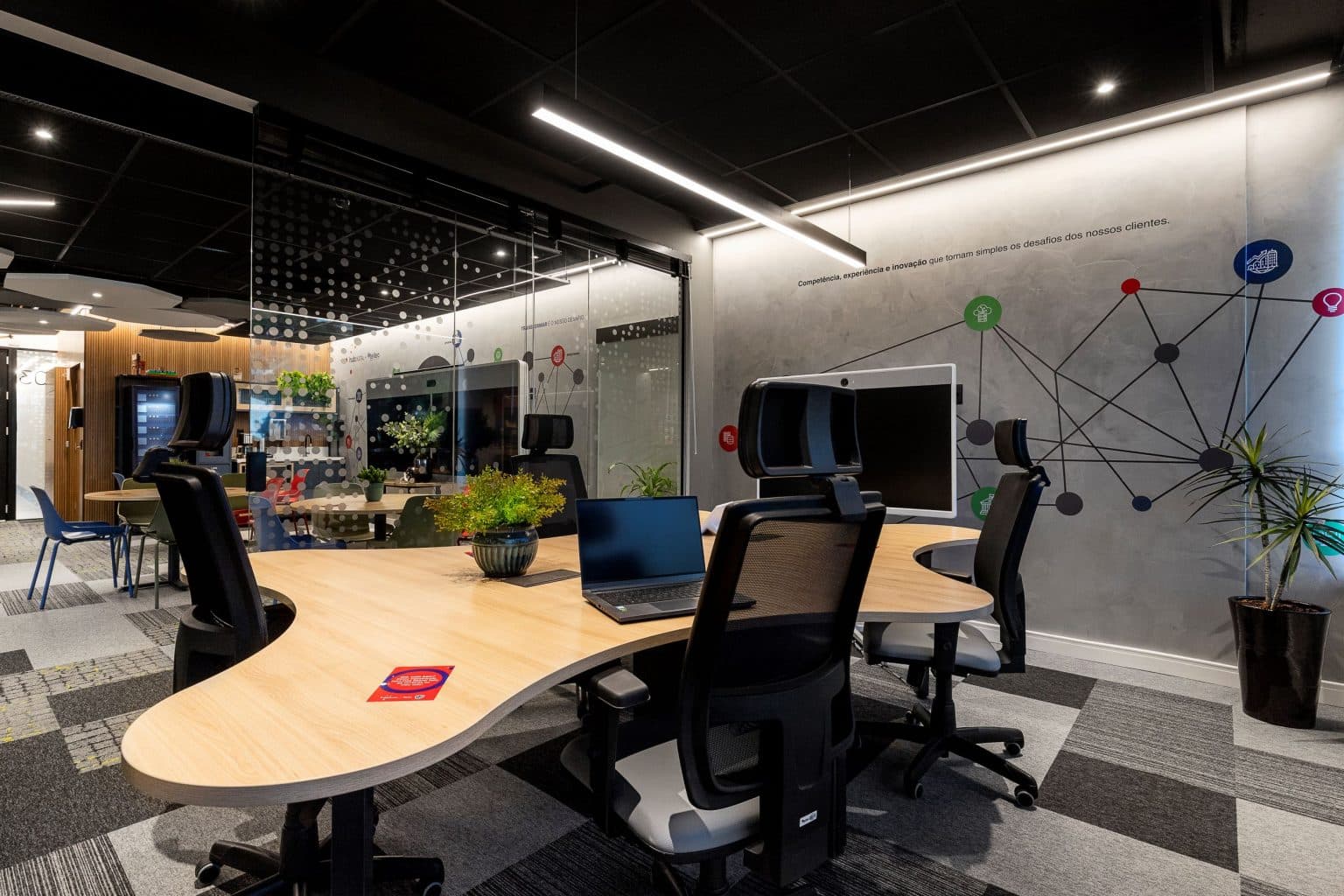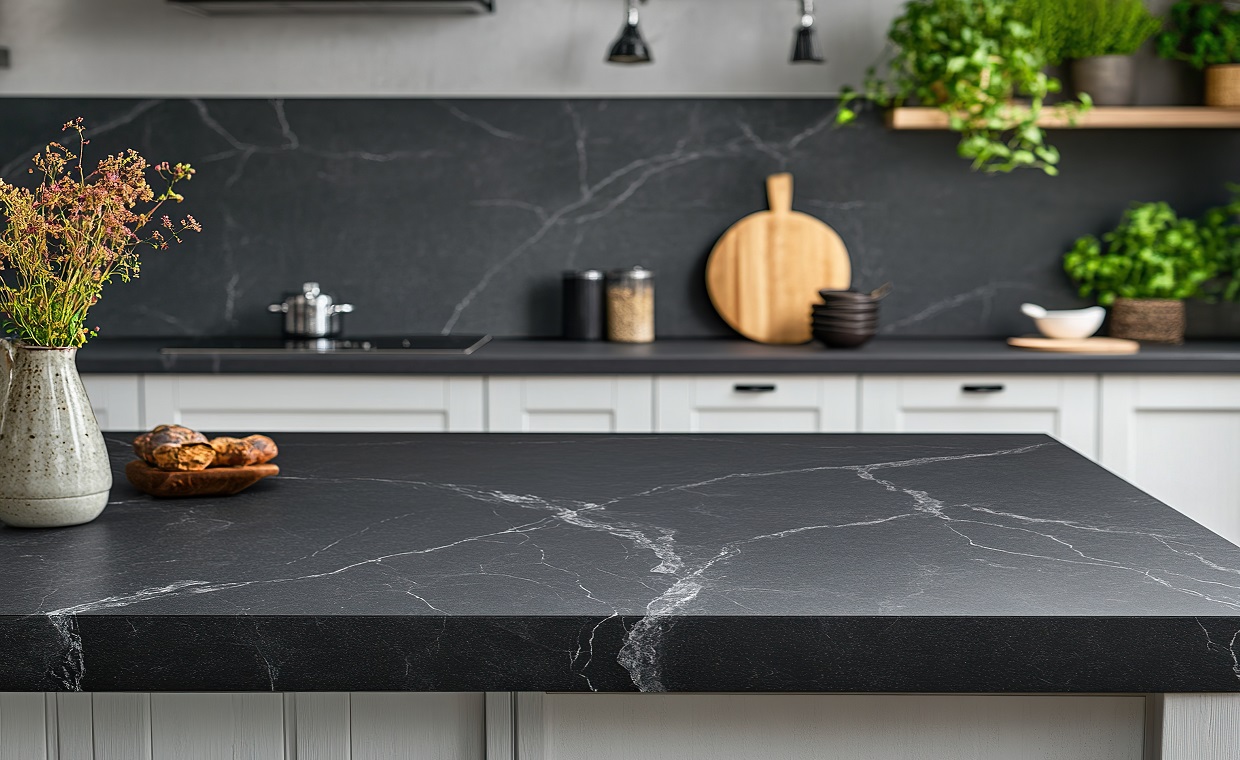
Have you lately considered how much time we spend indoors, especially after COVID-19? Our surroundings influence our moods and even our mental well-being. Those who live in gloomy places with little or no exposure to sunshine are more likely to be melancholy and nervous. However, the opposite psychological impact occurs when provided access to open, light-filled, and tidy settings.
It is therefore critical to consider our mental and physical health while creating these spaces. Neuroarchitecture investigates how a workplace, school, hospital, or housing should be designed to help us feel comfortable. It is why so many designers and engineers are interested in neuroarchitecture.
Neuroarchitecture is a type of neuroscience application. Neuroarchitecture, as the name implies, focuses on constructed environments, especially how these spaces impact thinking, emotion, and behaviour.
Neuroarchitecture is a topic that combines two very distinct disciplines: neuroscience and architecture. It attempts to account for our responses to the built environment by drawing on our growing understanding of how our brain works. The implementation of Neuro Architecture involves attempting to construct surroundings that can either stimulate or block some of these predefined patterns, depending on the function of the space being created. In this way, architects who employ applied neuroscience may build with the express goal of influencing human behaviours, including those beyond conscious perception and control.
Science behind Neuroarchitecture

Neuroarchitecture is based on neurobiological tools like electrocardiograms, electroencephalograms, or sweat sensors to reliably assess how our bodies react to architectural stimuli to incorporate the emotions created by architecture into the design process. The environment, according to Neuroarchitecture, has a direct impact on the most rudimentary patterns of brain activity, which evade conscious observation. The application of Neuroarchitecture involves attempting to construct surroundings that can either stimulate or block some of these predefined patterns, depending on the function of the space in question.

The external environment is hardly the sole component that influences brain and behaviour function. Personal characteristics, the social environment, habits, and routines are illustrations of other elements that might influence how people react to their surroundings. Furthermore, each environment has a certain purpose and should have features that promote specific behaviours and activities, including creativity, attention, learning and memorization, sociability, relaxation, respect etc.
Individuals’ frequency and length of exposure to the physical environment can influence how it affects their behaviour, perception, and overall health. The longer an area has been occupied, the more lasting its impacts often are. As a result, long-term settings need more consideration from builders and designers since they have a better potential to produce long-lasting consequences, such as alterations in brain plasticity.
History and Development of Neuroarchitecture

Even though they didn’t have a title for it or the instruments to quantify it, ancient builders and architects intuitively recognized what lay at the heart of neuroarchitecture. Our responses to the built world have existed since the dawn of time. What is novel is that we can now quantify how we react and begin to comprehend.
It’s interesting to note that Dr Jonas Salk, an American virologist and medicine researcher, best known for developing the polio vaccine, was the one who first identified the connection between cognitive function and architecture. In his damp, gloomy basement lab at the University of Pittsburgh, he spent years searching for a cure. At his wits’ end, he decided to go to Assisi, Italy, where he spent a lot of time at the Basilica of San Francesco d’Assisi, a 13th-century monastery. He discovered the way to make the polio vaccine among the medieval arches and columns and the cathedral’s abundance of natural light. He acknowledged the architecture of the Basilica sparking his mind.
Salk invited the famous architect Louis I. Kahn to build the Salk Institute, a research facility that employs design to assist inspiration for continuing scientific endeavours, after discovering the potential of architecture to inspire and stimulate. Other researchers have uncovered the link between the environment and health in the years that have come after.
How the Brain Responds To Different Spaces

Research into how architecture affects occupant behaviour is based on several factors, including temperature, light, colour, the availability of plants, the aroma of the space, and curves. Neuroscience has proven that the brain’s working patterns are influenced by heredity, culture, and the individual.
Temperature
Maintaining a suitable temperature is crucial since our brains are extremely sensitive to rapid temperature fluctuations, which can impair cognitive function and, on a psychological level, lead to animosity.
Lighting

Not only does inadequate lighting impair our circadian cycles, but the intensity and warmth of the light also impact our feelings and behaviour. Warm lighting relieves tension, whereas a bright, white light stimulates our minds.
Plants

The research on the health benefits of green spaces and natural materials is the foundation for design trends like biophilic or ecological design.
Colours

Each colour affects a distinct part of our brain and has an impact on how we feel. Light colours soothe our nerves and lessen rage, while warm colours boost productivity and focus, making them perfect for work situations.
Smells
Although designs always tend to overlook the importance of smell, the appropriate fragrance may enhance a space. Natural smells, for instance, promote relaxation.
Curves

Curves make us feel more at ease than sharp angles. Although research in neuroarchitecture explains patterns of typical behaviour when we are presented with stimuli, we are still a long way from building specific projects led purely by the brains of the space’s prospective users.
How To Make The Most Of Neuroachitecture

The neuroarchitecture’s guiding principle for making decisions is determined by objects and where you store them. Decision fatigue is a problem that many of us face in today’s hectic world, whether we are aware of it or not. Our brains constantly make little judgments, some of which you may get rid of in your house by making a few straightforward adjustments. The simplest method to do this is to lessen the amount of clutter in your immediate environment.
Designing for your lifestyle is the goal of neuroarchitecture. Keep everything where you need it, such as the car keys, reusable bags, and umbrellas, to make it easy for your brain to make every micro-decision. You don’t need to stop and ponder when you leave the house, since everything has a place and is in its rightful position.
Depending on the type of project, it is vital to pay attention to the noises of the surroundings in acoustics. Do noises from the streets interfere with your ability to focus or sleep? Will it require acoustic materials? How much does an extremely open co-working office hinder productivity if it’s a work environment?
A fantastic technique to improve flow in your house is to include soft geometry via your furniture. According to one study, a space with rounded furnishings stimulated greater brain activity than one with boxy furniture. Additionally, rounded furnishings are friendlier, whereas modern, clean-lined furniture conjures negative emotions.
When it comes to lighting, we need to pay attention to how light enters the room. Natural light is more comfortable for the human body, but we need to know what hues and levels of brightness won’t produce glare if a lot of artificial light is required. The usage of yellow lights, which are cozier, may be more practical in a relaxing environment like a restaurant or even a home. Perhaps other hues, such as blue and orange, which are refreshing, might be more engaging if it were a hospital, a healing and treatment setting.
Although changing the arrangement of a room’s components might keep us alert, it’s not simply about object placement. Dopamine is the neurotransmitter that spurs our curiosity. When you expose the brain to novel settings rather than the same things every day, its pathways become active. You can stimulate this area of the brain by changing the design and layout of the home. The advice is to use vivid colours while painting, since it’s the most affordable way to give your house a makeover and can completely transform a space.
Neuroarchitecture also emphasizes its importance in designing spaces for children, especially in early childhood. Neuroarchitecture itself refers to the varied responses produced by the user’s brains during their presence in a certain environment. As per the research, children need to feel that they belong to their environments for their brains to react to their best to react to their stimuli.
A child’s mind is bifurcated in two phases: the unconscious absorbent mind (0-3 years) and the conscious absorbent mind (3- 6 years). In addition, from birth, the child absorbs all the stimuli from the environment just like a sponge. Hence, it is crucial to design spaces for them.
A child absorbs these stimuli through its senses. A child growing up in a suitable environment since birth will produce more brain responses. It is because of this fact that they learn faster and feel motivated and focused.
Examples From The Globe

The Seattle-based company NacLab specializes in biophilia, neuroarchitecture, and sustainability. Many schools and hospitals consistently put users and the degrees of healing, pleasure, creativity, and happiness of end consumers at the core of their portfolio of initiatives.
The new Selah Kindergarten School is being built on the Lince campus. Interior and exterior shapes, colours, and textures embrace the inspiration principles while combining the Selah Schools and Viking community’s blue and gold. The building’s characteristics have been downsized to accommodate a kindergartener. Many windows extend to the floor, providing a strong connection to the outside and creating views and tiny spaces suitable for five- and six-year-old kids.
Since 1935, Perkins and Will have had branches in several locations across the world, including Brazil. It operates with an emphasis on humanism and sustainability in projects including corporate, commercial, and healthcare contexts.

Students with neurodivergent sensitivities who need clear navigating and relaxing sensory stimulation may find special benefit from the University of British Columbia Gateway’s inclusive, welcoming atrium’s connection to nature.
Conclusion
Neuroarchitecture is rapidly creating more evidence-based procedures, making it considerably more robust. This system will contribute to the original goal of improving the quality of environments for human well-being. Future designs may not require mock setups or the utilization of past data.
Envision a design environment that incorporates feedback from users into space in real-time, maximizing both user experience and advantages. We will recognise the potential of neuroarchitecture and its multidisciplinary convergence in a matter of years. For the time being, we must accept that, beyond building and design, human happiness continues to trump all other desires. Neuroarchitecture is a future architectural method that aims to improve the occupants’ health and social ties. It is a critical tool in urban planning, resulting in cities and nations with building characteristics that are helpful to human brains and health.
Image Courtesy: Image 1, Image 2, Image 3, Image 4, Image 5, Image 6, Image 11, Image 12
Author Bio
Sonam Maheshwari – Sonam Maheshwari is a civil engineer and a sustainability consultant by profession. She believes that writing fuels her enthusiasm for anything she does. As a Writer, Editor, and Researcher she has worked with various global design and digital platforms. Passionate about sustainability and green buildings and she is an IGBC-accredited professional, She is also the co-founder of Constructivist which is a sustainability consultancy firm.






























